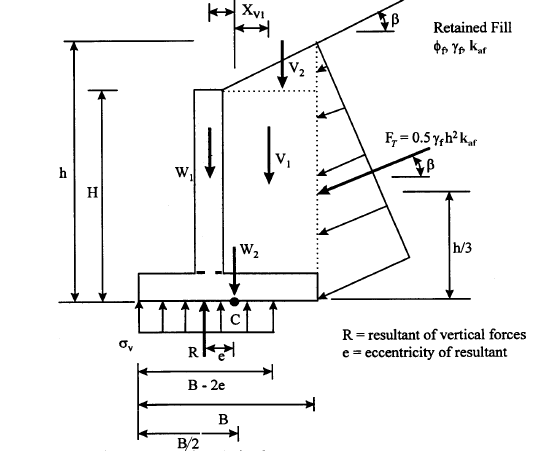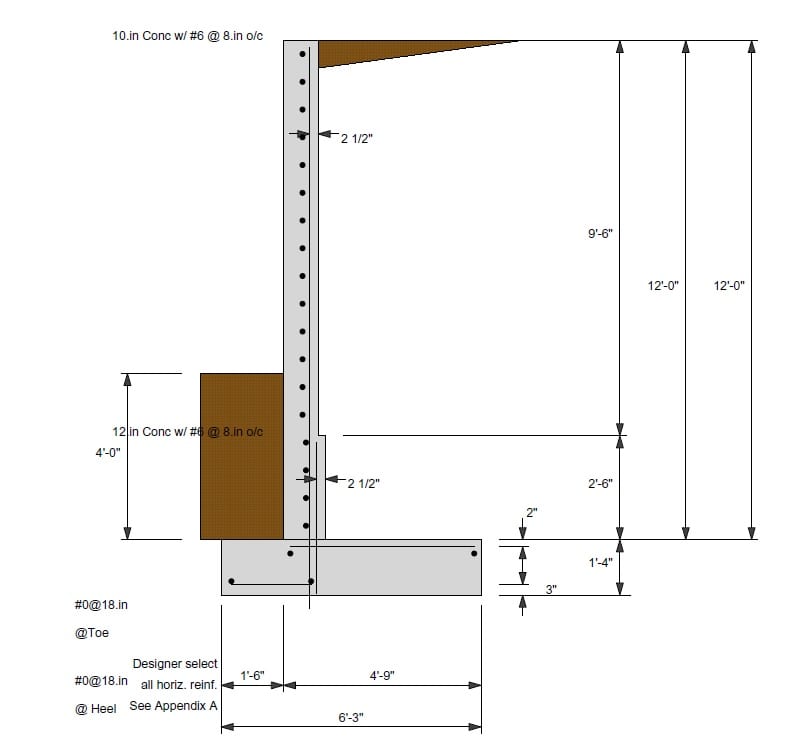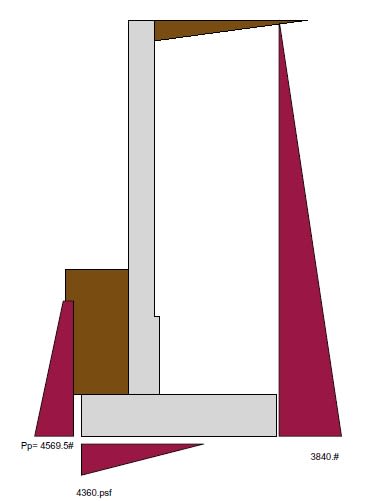Blooongeey
Structural
- Jul 3, 2021
- 20
Neglecting seismic, my retaining wall footing sizes become unwieldy for retained heights around 8' and up. Using 30pcf EFP, it's not unusual to see these footings grow to a width of 6'++ for toe under type walls. I spoke with a well seasoned soils engineer recently who is encouraging me to use "average calculated stress," derived from the typical triangular/trapezoidal stress profile obtained from analysis against the recommended allowable value provided (2.0ksf). This would bring the footing widths way closer to what I believe is practical/realistic/traditional. Anyone else doing this?
Michel
Redondo Beach
Michel
Redondo Beach








